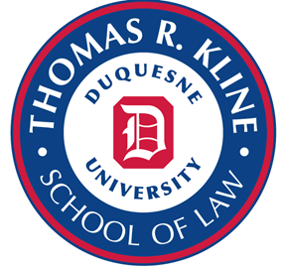Remedies Symposium: Statutory Damages and Standing After Spokeo v. Robins
Abstract
In Spokeo v. Robins, the U.S. Supreme Court held that courts may no longer infer the existence of an injury in fact—and thus constitutional standing—from a statute’s use of a particular remedy, such as a statutory or liquidated damages provision. But Spokeo also directed courts to consider whether Congress intended to identify an intangible harm and elevate it to the status of a “concrete” injury in fact when deciding standing questions. This article argues that courts can and should continue to pay close attention to the structure and language of statutory remedial provisions in making that assessment. The article proposes that statutes be assessed on a spectrum from true statutory-damages schemes to mere minimum actual-damages schemes. Where Congress has created a true statutory-damages scheme—one that allows for both actual damages to remedy actual injuries, and also statutory damages to remedy intangible injuries—courts should continue to infer that Congress has identified an intangible injury that it intends to elevate to the status of an injury in fact. But when Congress merely sets a minimum amount for actual damages, courts should not make any inference regarding injury and should continue to require plaintiffs to plead and prove a recognized actual injury to meet the injury-in-fact requirement.

